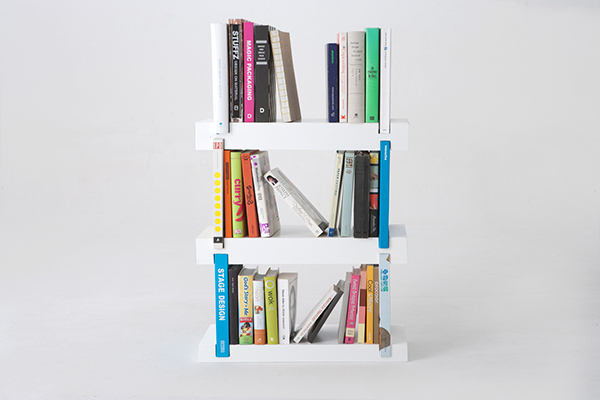I have a confession: I hoard books. I know the problem is bad because my cat keeps knocking over the teetering “to read” pile on my nightstand. Over the years, I’ve gotten some books I think are pretty cool, and I became curious about how much my collection was actually worth. Through a chat with the friendly folks in the Rare Book Room at Powell’s, I got a better idea of what collectors look for and what gives used books value. When I got home, I grabbed my copy of Choke by Chuck Palahniuk and put my lessons to the test.
Condition
This may seem pretty basic, but the condition of a book affects its value. The more “like new” a book is, the more it’s worth. Some things that may detract from its value include writing or highlighting in the book, dog-eared pages, a cracked spine, and a dust jacket that’s missing or torn.
I looked over my book: it had its dust jacket (with a couple of stains), the pages weren’t bent, and the spine was strong. So far so good!
Edition And Printing
The front matter of a book (the pages before the main body) includes a ton of information. If you haven’t ever looked at front matter before, pick up the book nearest to you and follow along while we look at edition and printing. While edition and printing may seem interchangeable, they’re subtly different. Edition refers to the version of the book—books that look exactly the same are usually the same edition. However, a book in its first edition may not be in its first printing. For example, I got momentarily excited when I discovered that my Harry Potter hardcover box set was first edition, but it turned out each book was far from its first printing.
The edition and printing information are located on the copyright page, which also includes other metadata about a book, such as its ISBN and information about its genre. Near the bottom of the page, there is usually a string of random-looking numbers. The lowest number in this sequence is the printing. Some publishers do this differently, and some books may not have these numbers. Don’t worry if you can’t visualize this or if it doesn’t make much sense. This article has some great examples and gets into the nitty-gritty.
Back to my copy of Choke. It clearly said “first edition,” and it was also a first printing—collectors call this a “first first.” Things were looking up for its value!
Signed vs. Inscribed
I love owning a book with the author’s signature, whether I get one signed after going to an event or stumble across one in a bookstore. But not all books signed by their author have the same value to a collector—signed books are worth more than inscribed books. As exciting as it is to see your name in your favorite author’s handwriting, this is an inscription, and it has less value than an author’s signature alone.
I opened my copy of Choke, and there was Chuck Palahniuk’s signature at the bottom, along with a personal note to the previous owner. My copy is inscribed, not signed, but it’s still more valuable than a copy without an author’s signature.
Market and Rarity
A book has to appeal to a collector for them to want to buy it. Here’s a list of some of the most expensive books available for sale. They’re all early editions, incredibly old, signed, and/or written by renowned authors.
I decided that it was time for me to part ways with my copy of Choke, so I took it into Powell’s to sell it. The person working the buying counter told me that since there are a lot of signed copies of Palahniuk books in Portland, it’s worth less here than it may be in another city, but they still offered me enough in-store credit to add another book to my “to read” stack.
Now you know too! What gems will you find on your bookshelf?

